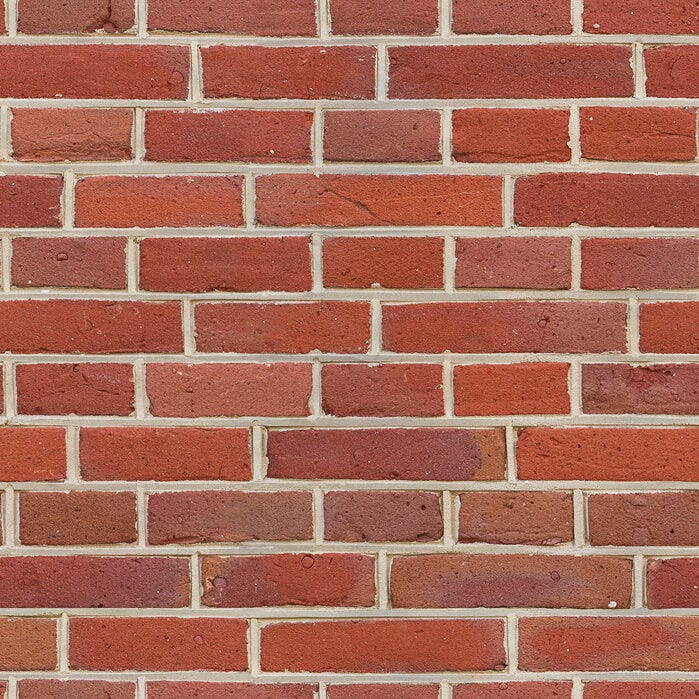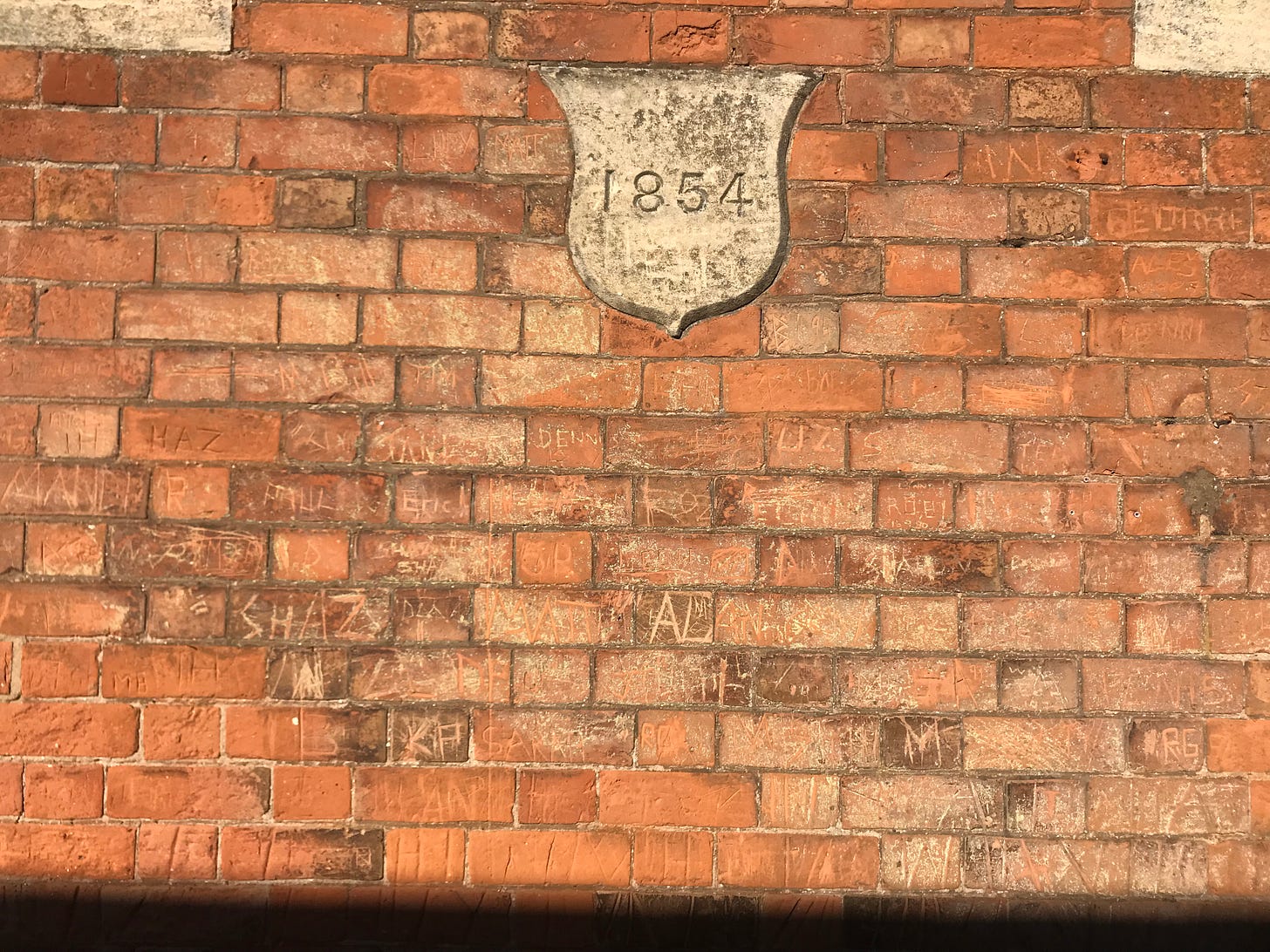A new year, an old wall, that old wall.
Sometimes to show what we are up against, we write with wall pictures.
Not always literally.
I first used a picture of a wall in my book On Being Included: Racism and Diversity in Institutional Life.
That book on diversity work is 13 years old! I used an exclamation point because I feel like one.
The photo in the book is one I took myself of a local wall. This is not that old wall, but a stock picture.
In the book, the picture was captioned, “A job description.”
I was quoting a diversity practitioner. She described her job as “a banging your head against the brick wall job.”
A job description as a wall description: when the wall keeps it place, it is you that gets sore.
In a lecture I gave last year, “Changing Institutions,” I reused the image of wall with the same caption and then added two more.
Caption 1: A job description
The practitioner who described her job as “a banging your head against the brick wall job,” was so suspicious of the term “diversity” she refused to use the word on her business card even though it was officially in her job title. She explained, “So now we’ll talk about diversity and that means everybody’s different but equal and it’s all nice and cuddly and we can feel good about it and feel like we’ve solved it, when actually we’re nowhere near solving it.”
Diversity can be how institutions feel good by appearing to have solved a problem without solving it. She understood the use of diversity as how the institution resisted being changed. Changing institutions was almost part of her job description as a diversity and equality officer. When institutions appoint people to change them, it does not mean they are willing to be changed.
And so, practitioners, tasked by institutions to bring about change within them, collect evidence of resistance to change.
Hence that old wall.
The reason why it is so hard? Most people don’t know it is there.
Caption 2: Exhaustion
Making a complaint can be a bit like diversity work: the harder it is to get through, the more you have to do.
Exhaustion is another wall story. We keep coming up against the same thing.
One student called her complaint “an energy zapper.” I was rather reminded of the bunny in the old advert for Duracell batteries.
When the battery lasts longer, the bunny spends more time just going round and round.
So much movement not to get very far.
Caption 3: Weary Wisdom.
This is close to how I understand killjoy truths: hard worn wisdoms.
It is what we know from what keeps coming up.
A disabled academic talked to me about how she has to keep complaining about accessible rooms because they keep booking them, “I worry about drawing attention to myself. But this is what happens when you hire a person in a wheelchair. There have been major access issues at the university.” She spoke of “the drain, the exhaustion, the sense of why should I have to be the one who speaks out.”
You have to keep saying it because they keep doing it.
Yes, we end up repeating the same point about repeating the same point!
A broken record, stuck on the same point.
A scratch on the record can be enough to stop it from going around,
Making the same old sound.
An old wall’s tale: also scratched.
I sometimes write with pictures of scratched walls.
The picture below was from a school in Leicestershire. It was photographed for me by a teacher. Children had scratched their names into the wall.
This is that old wall.
A wall can tell us who was here.
It can be how people leave traces of themselves behind.
I first used the image of a scratched wall to convey a sense of the limits of what can be done. Diversity work can feel like scratching the surface or scratching at the surface.
I began to think of those scratches as testimony.
What we leave behind others can find.
Some people have compared complaining to talking to a brick wall.
The artist/activists The Guerrilla Girls ran an exhibition Complaints Department at Tate Gallery in October 2016 in which participants were invited to “post their complaints,” or to make their complaints “face to face” during office hours. The Guerrilla Girls have much to teach us about the art and activism of complaining; how we can create platforms to enable each other to share our grievances. One member of The Guerrilla Girls describes how they took their “complaint departments all over the world,” and would “paint a wall and invite people to come in and complain about anything they want.” They then gathered these complaints together to create “a time capsule of discontent at a certain time and in a certain place.”
A wall: the more we talk to it (even of it?) the more we gather.
Who gathers? We need to gather.
Sara M. Saleh keeps her receipts. Saleh, writing of the brutality of the Israeli occupation of Palestine, has too many to collect: Palestine removed from the map, complaints directed against Palestinians for speaking out; Palestinians prevented from speaking.
Saleh ends her piece, “Every Palestinian I know is forced to become a bookkeeper. One day, our receipts will come in handy.”
That’s the hand we need.
How to begin this new year knowing a genocide is being committed in Gaza, against Palestinians, by Israel?
To begin with walls is just one kind of answer.
Not with polite words, not with happy promises or pledges, not by covering injustices with a smile.
We begin this year knowing a genocide is being committed in Gaza by Israel, against Palestinians, and with the complicity of so many governments, despite being seen and witnessed and recorded and named, despite protests all over the world.
We have to keep doing it, protesting, speaking up, not just saying no, but doing no, taking up as much time and space as possible with our demands for a #FreePalestine.
We keep covering that wall. Until it comes down.





